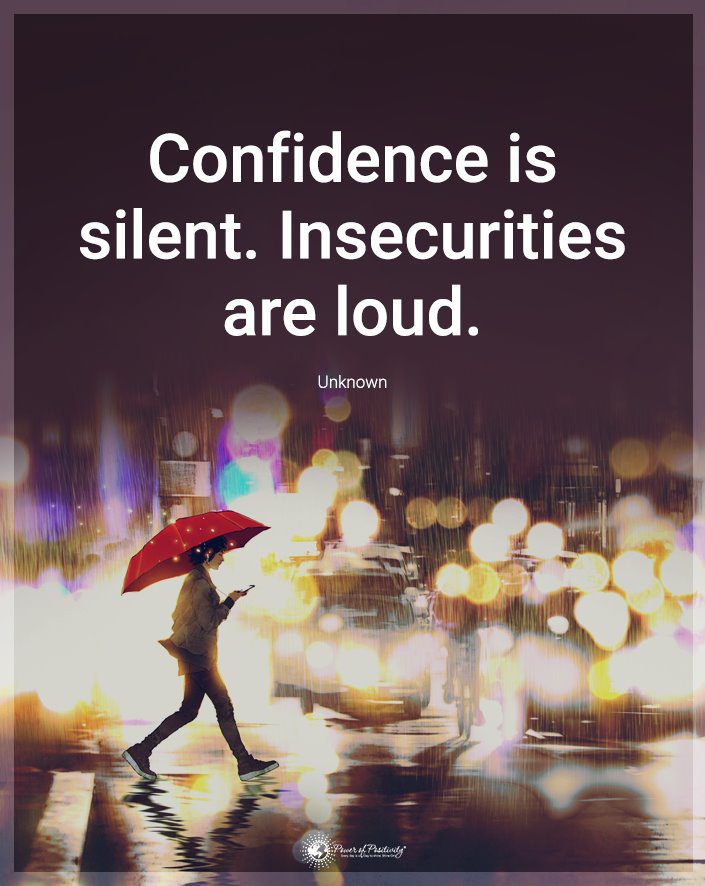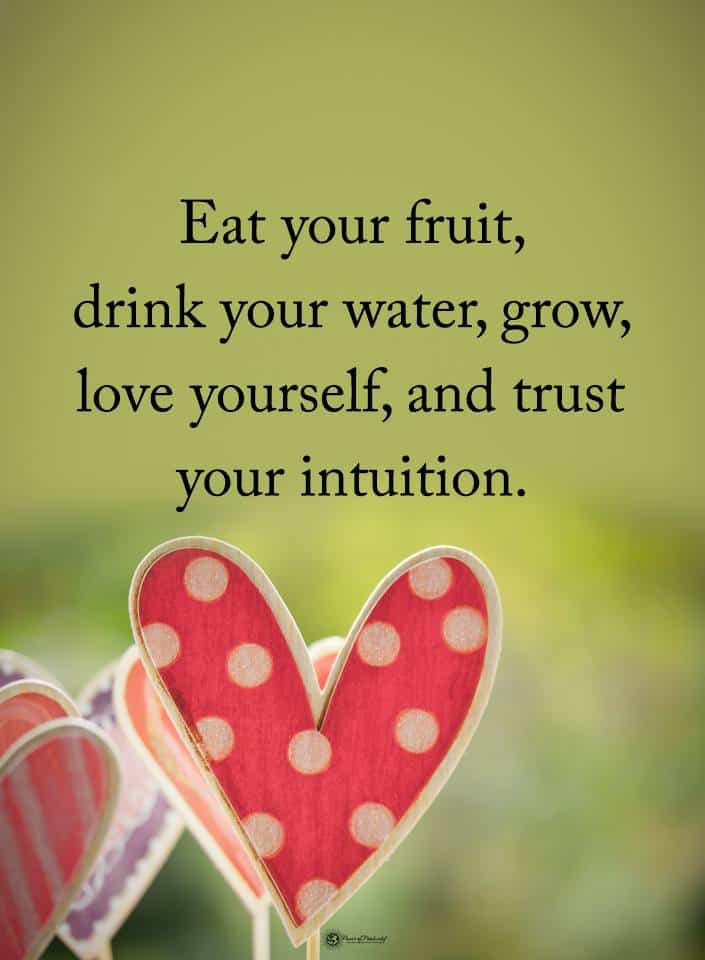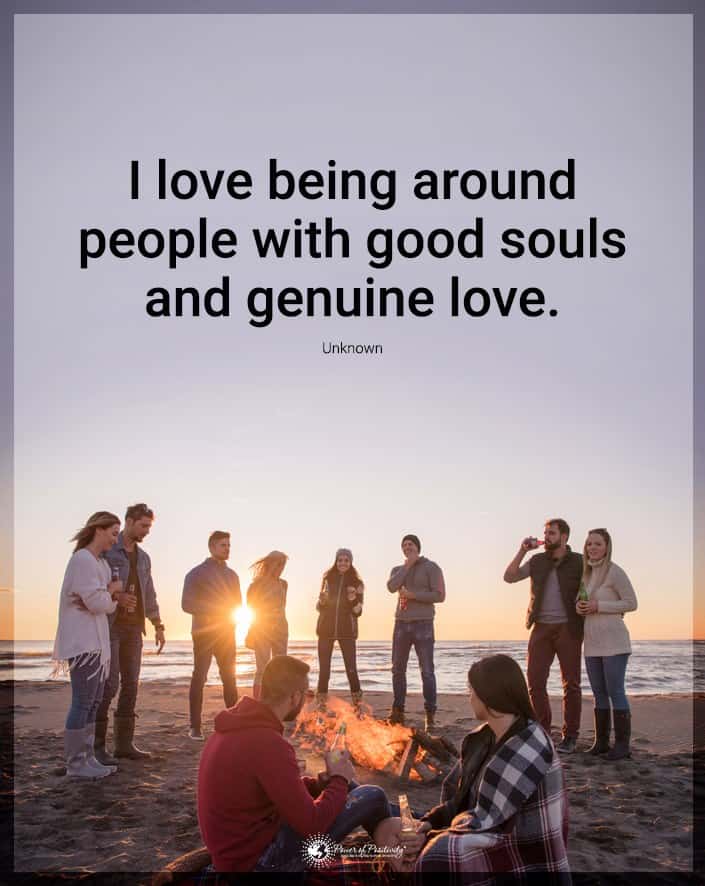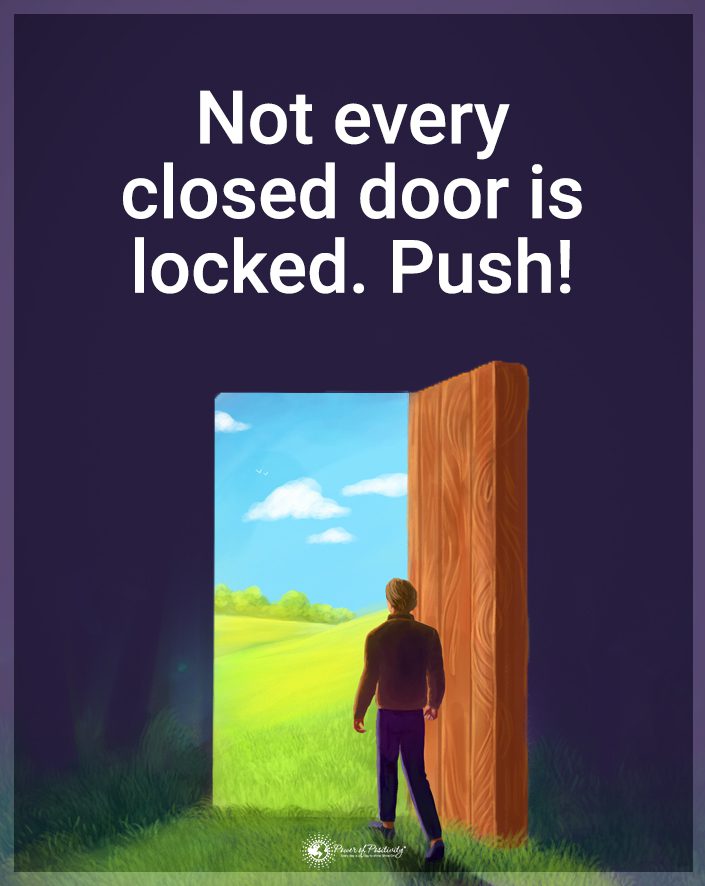When you think of a courageous person, what picture comes to mind? Do you envision the firefighter who rushes into a burning building to pull people to safety? Perhaps, you see the person whose life has been beaten down one too many times get up and fight again.
Many people envision courage as a physical trait, but it’s also very much a mental characteristic that’s good to have too. Remember the iconic movie “The Wizard of Oz” where the cowardly lion just wanted some courage? Courage is one of the things that you need to thrive in this life.
23 Traits Courageous People Display
How do you know if you’re courageous, or do you have some work to do to conquer your fears? Here are some habits that people with courage display.
1. Courageous People Display Confidence
Courageous people believe in themselves even when no one else does. When the odds are stacked against them, they still think they can do whatever they set their mind to accomplish. They’ve learned to be their cheerleader and pump themselves up even when the whole world is in opposition.
2. Mindful Living
The courageous person knows nothing good happens when you keep turning to the past. They embrace mindful living and focus on the here and now. They know that ruminating about what’s behind them isn’t helping them reach their goals, so they keep moving forward.
3. Courageous People Have Integrity
Though they have the drive to compel them forward, the courageous person still has integrity. They won’t sacrifice their principles to get ahead in life. They live by a strict set of morals and guidelines and won’t compromise.
4. Boldness
Someone with courage has fears, but they will stand up for what they believe in and put those worries aside. They have no problem putting someone in their place or making moves against the grain. They have leadership qualities that bring out the boldness deep inside.
5. Visionary
Everyone has a dream inside them, but some people are afraid to chase after this vision. Having an idea creates clarity, and Forbes Magazine says it’s helpful to have a personal vision statement. This statement helps you to understand yourself and your future a bit better.
6. Natural Born Leaders Have Courage
Whenever a courageous person is put into the mix, they will always be the one leading the troop. Their leadership skills are hard to deny; even though they have fears, they will still see the mission through. They know how to utilize the skills of others to make the best impact.
7. Positive Thinking and Optimism
Courageous people know the power of positive thinking. It’s easy to be negative and naysay things when the picture is bleak, but they know that the key to getting anything done is the proper mindset. They know that positive thinking is the key that opens the lock to fulfilling your dreams.
8. Courage Requires Tenacity
Having courage means slaying some significant hurdles that get in your way. Someone tenacious will keep going because their inner drive compels them. Even if the whole team bails on them and doesn’t believe in the task anymore, the person with courage will keep going because of their tenacious spirit.
9. Prompt
Procrastination isn’t a word that’s in the brave person’s vocabulary. These people show up and show out. They know that the early bird gets the worm, an excellent skill to have in both the personal and professional worlds.
According to the Association for Psychological Science, procrastinating people have a gap between attention and action. Some folks have fears or feel something is overwhelming, so they put it off because they don’t want to do it.
The study also found that some people struggle to regulate their moods and emotions. However, these are not a problem for the fearless person.
10. Courageous People Are Flexible
Having courage means being flexible. Life never stays the same, and what’s here today may be gone tomorrow. Getting up the nerve and facing your fears means being flexible to get things done. There’s always a plan B in life, and the courageous person knows that sometimes it ends up being the best path.
11. Courageous People Are Fair and Objective
Being objective is an essential part of courage. A person who stands up and faces the crowd must learn to be objective. They look at all sides and try to be fair in their decisions. They aren’t biased and don’t play favorites, but they’ve learned that objectivity is imperative.

12. Authenticity
What you see is what you get. When someone has courage inside them, they don’t need to wear a mask or put on a show for people. They’re genuine on the inside and out. They wouldn’t dare hide behind a façade as they’re genuine and authentic.
13. Compassion Requires Courage
Putting someone else’s needs above your own is compassion, which often runs hand-in-hand with courage. Responsibility comes with taking charge, which means you must look out for the group and not just your personal needs. Selfless acts are commonplace with this person.
14. Intuitive
Everyone has an inner voice, but a courageous person knows they need to trust their intuitive side to help them make good decisions. They don’t depend on others to make choices in critical situations, as they know it’s better to trust their intuition to make the right decision.
15. Humble People Have Courage
Are you humble? Many people know this word but don’t know what it means. A humble person isn’t haughty or arrogant and would never see themselves as better than anyone else. They choose humility in all aspects of life.
16. Conviction
It’s not uncommon for people to ride the fence on an issue and wait until someone pushes them to either side. They know where they stand and don’t need anyone to help them decide. This person would never dream of following a crowd, and they won’t alter their opinion when the wind changes or because of their fears.
17. Courageous People Are Dedicated
Having courage means not being afraid of hard work. This person is the one who will roll up their sleeves and help their team, as they don’t see themselves as any better than others. They care about their group and will do whatever it takes to get the job done.
18. Honest
A brave person is genuine. They won’t tell you what you want to hear to save face, but they will be who they are, regardless of whether you like them. It takes courage to stand up and be yourself, knowing there’s a good chance you won’t be received well.
19. Motivated
You know that courageous people aren’t much for procrastination, but part of the reason they keep going is a deep motivation. It’s what makes them get up every morning even though they’re exhausted from the day before. They’re not afraid to take risks, stand out in the crowd, and be the voice of the others in the group. They’re motivated and have a desire to complete whatever they start.
20. Self-Discipline
If a person doesn’t have self-discipline, then nothing is possible. The person with courage knows that the desire to succeed within them is greater than the consequences if they don’t master it. They try to control whatever they do, so they see the job done from start to finish.
21. A Surprising Connection Between Courage and Curiosity
They may seem unrelated at first glance, but curiosity is the very thing that drives a person with courage. It’s the hallmark of learning that helps keep your mind sharp. Learning is a part of your journey in this life that will never end.
22. Prioritization
Some things take precedence in life, while others are not as important. Someone with courage knows you must prioritize the relevant from the irrelevant, as you will spin your wheels on stuff that doesn’t matter if you don’t.
They know that if you want to move a rock pile, you start with the big rocks first, as these will have the most impact. They understand that the pebbles will make an insignificant dent in the job. They’re not afraid to go after the big things as the small items will be easier to do last.
23. Courageous People Have Healthy Self-Esteem
Most courageous people have a healthy personality, and part of it comes from good self-esteem. They appreciate their passion and discipline, and their reputation is spot on. They never compare themselves with others. In fact, they know this comparison isn’t fair. They feel positive about themselves and comfortable being who they are.
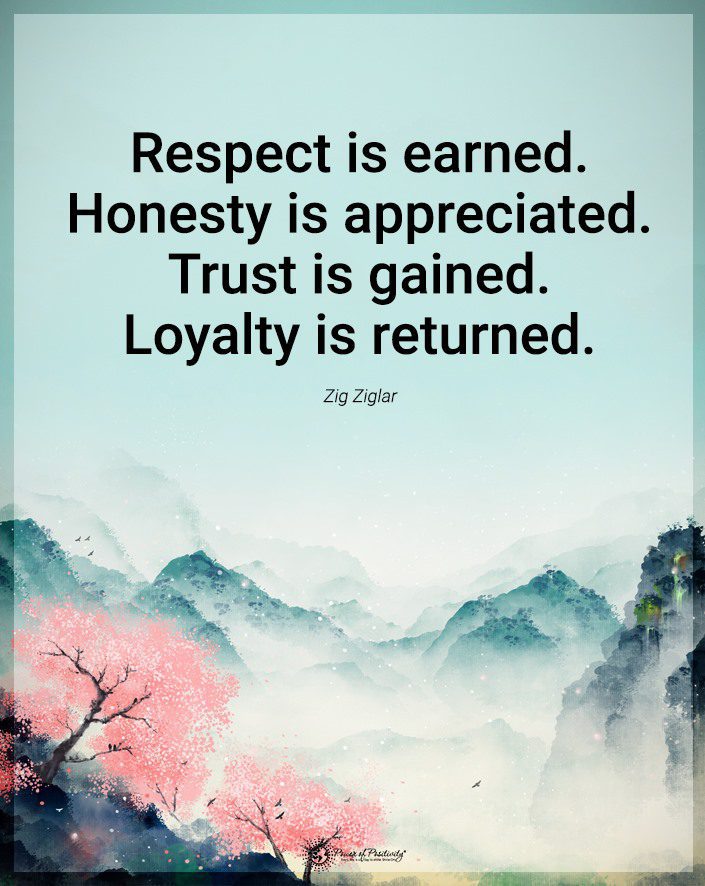
Final Thoughts on Traits Courageous People Display
Do you see any of the traits listed above in yourself? Maybe you just need to become bolder and gain courage in your life. You can build your courageous nature by first starting with building your esteem. When you believe in yourself, you can conquer anything that stands in your way.

